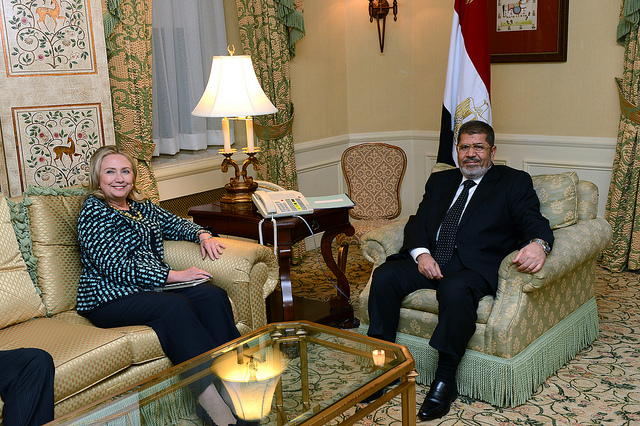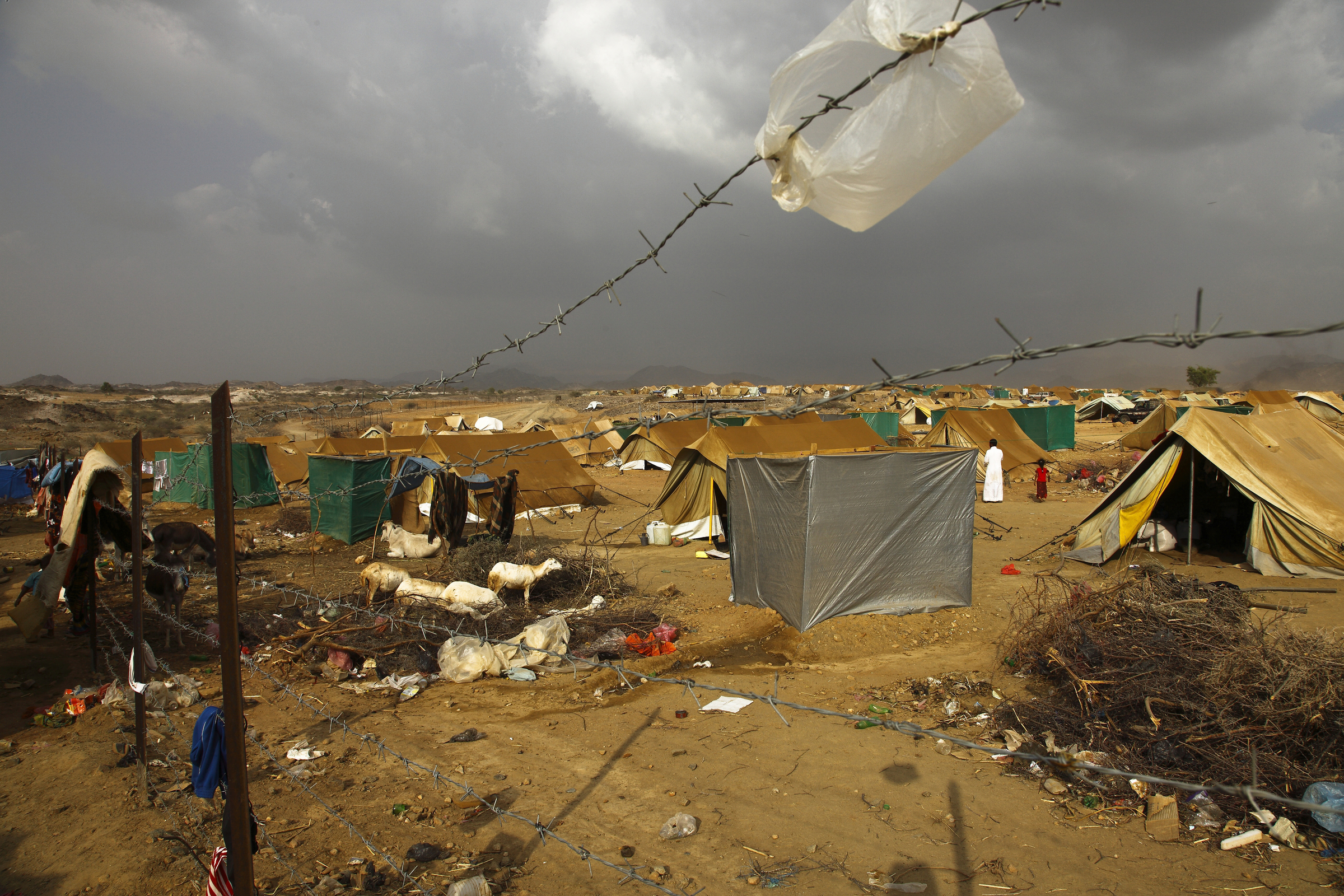By Juan Tellez
Peace between the Colombian government and the Revolutionary Armed Forces of Colombia, or FARC, is fragile. Social leaders are under constant threat of violence from shadowy non-state actors; assassinations of demobilized fighters continue with impunity; economic assistance programs have fallen short of meeting rollout targets; and a faction of FARC leadership issued a call for a return to arms last year, raising fears about a new war with the FARC in Colombia.
Against this backdrop comes a new film by Colombian-Ecuadorean filmmaker Alejandro Landes, Monos, which follows a group of young rebel soldiers tasked with guarding a dairy cow and an American hostage on an impossibly high mountaintop. A fascinating and fundamentally ambiguous film, Colombia’s entry for the 2020 Academy Awards provides a novel perspective on armed conflict that raises important questions about the nature of belonging in armed groups, and what ultimately drives political violence.
Despite its Colombian roots, Monos refuses to establish context. The teenage soldiers, introduced only by their noms de guerre (e.g., Dog, Lady, Wolf, Rambo), are members of a non-descript group named “The Organization” whose ideology and objectives are left off-screen. The young soldiers pass their days guarding their hostage (from who?) and endlessly repeating performance-art-like military drills (for what?), receiving rare instruction from the Organization only through an intermediary named The Messenger. The action of the film is driven by a series of events that generate infighting for leadership among the “monos” (in Spanish, “monkeys”), which eventually lead them down from the mountaintop to a steamy jungle where the group ultimately unravels.
In its allegorical style (often drawing comparisons to “Lord of the Flies” from American critics) the film highlights a number of interesting dynamics in armed conflict that remain obscure in the academic literature. First is the observation drawn by Kalyvas that in armed conflicts, actions on the ground “often seem more related to local or private issues than the war’s driving cleavage.” Civil wars are purportedly about big ideas: peasant vs. landowner; poor vs. rich; oppressed identity group vs. dominant identity group. And yet we also know that at the local level, wartime violence is often exercised for a variety of reasons unrelated to the war, including settling old scores, retaliating against past enemies, or simply as an excuse to steal from the vulnerable. Where and when do armed conflicts create incentives for opportunistic violence? Under what conditions does it emerge? And how can we, as outside observers, identify the motives underlying violence? These questions are echoed in Monos, where conflict between the soldiers is often driven more by unrequited sexual interest or masculine competition than anything bearing on the squad’s objectives for The Organization or the war itself.
The film raises similar questions about the role of ideology in these contexts. Ideological motives are largely absent from both the soldiers and The Organization, making the soldiers’ task of guarding the hostage and dairy cow seem unmoored and absurd at times. In some ways, however, this “motive-less” approach is reflected in the conflict literature, which, as Francisco Gutierrez Sanın and Elisabeth Wood argue, has tended to ignore ideology in favor of other explanations for violence, assuming that ideology is largely a “rhetorical device” that has little bearing on rebel behavior. Yet even in Monos, where the soldiers are far from hard-driven ideologues, some of the violence is ultimately driven by disagreement among the soldiers about what their proper conduct should be as part of The Organization, as well as deeply moral, emotional instincts about how they ought to treat their hostage. What role, then, does ideology truly play in local-level violence, particularly given the many competing motives and situational factors rebel soldiers face? And given the importance of local context, what hope can rebel leaders have of maintaining any kind of ideological cohesion in their organizations? Monos suggests this is a tall order, as The Messenger’s frequent visits and disciplinary actions prove ultimately unsuccessful in keeping the group in line.
Finally, and perhaps most difficult of all to articulate, Monos highlights an “anthropological” dimension to conflict that is largely absent in political science. On their mountaintop, the soldiers organically develop a rich set of practices, including an elaborate marriage ceremony and hazing rituals. Interestingly, some of these practices survive with the soldiers even after the group collapses during their descent into the jungle. The closest academics have come to capturing this phenomenon might be Mampilly’s research on how rebel group’s “perform the nation-state” by building cemeteries, and creating flags and currency, etc., or Dara Cohen’s work on rape as a violent tool of social cohesion in wartime settings. In some ways these practices may serve an instrumental purpose, yet they can also have an internal logic of their own that makes rebel groups adhere to them beyond instrumental rationality. Monos serves as a reminder of how little we know about these practices, how they form, and what implications they might have for rebel organizations.
Monos is a heady and fascinating film—well worth a watch for anyone interested in why people rebel and the more “human” aspects of civil war.

![Photo credit: Monos [Official Trailer].](https://politicalviolenceataglance.org/wp-content/uploads/2020/02/Screen-Shot-2020-02-18-at-12.33.34-PM.png)



